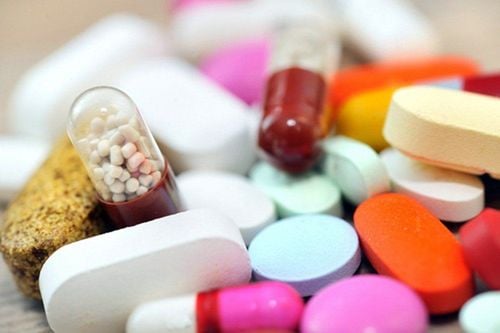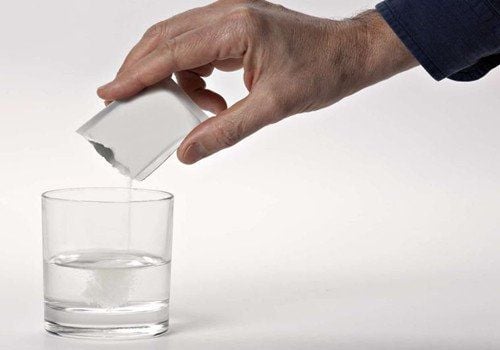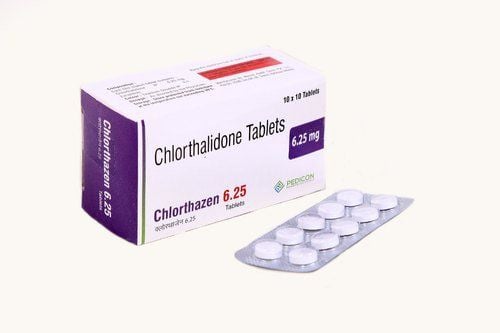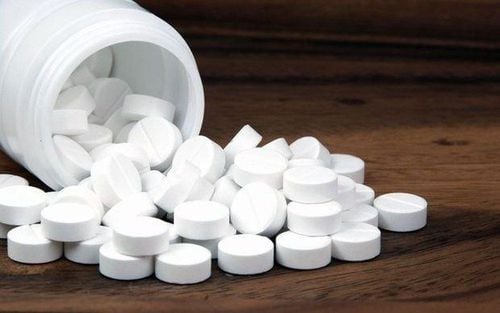This is an automatically translated article.
Urine osmolality is a test that evaluates the amount of solutes present in a unit volume of urine, through measuring the concentration of solutes in the urine. This is a method with high accuracy, helping to diagnose diseases much better than measuring urine density.
1. Osmolarity Test Overview
Osmolality is the term used to describe the osmotic concentration of a fluid. An osmolality test or osmolality is a measurement of the concentration of substances such as Sodium, Potassium, Chloride, Glucose, and urea in a sample of blood, stool, or urine. This is a useful test to assess the balance between water and electrolytes in the blood and urine, detect the presence of substances that may lead to this imbalance, and determine the fluid needs of the patient. body.2. What is a urine osmolality test?
Urine osmolality is an indicator of the number of osmotic solution particles measured in units of osmol (or milliosmol) per 1000ml of urine. This parameter helps assess the ability of the kidneys to concentrate urine. Urine osmolality is largely due to the presence of urea and creatinine. The more concentrated the urine, the higher the osmolality is higher than the concentration.Variations in urinary osmolality play an important role in the regulation of useful blood osmolality and plasma Na+ concentration. This response is mediated through the role of osmoreceptors located in the hypothalamus and influences both thirst and secretion of the anti-diuretic hormone ADH (Vasopressin).

Màu sắc nước tiểu cảnh báo vấn đề sức khỏe
3. Measure urine osmolality for what?
Urinary osmolality indicates more or less concentration of ions: Chlorine, Sodium, Urea and Potassium in urine. In normal people, urine density also partly reflects osmotic pressure in the urine. And the assessment of urinary osmolality allows us to know the ability of the kidneys to maintain the body's water-electrolyte balance.
In summary, the benefits of urine osmolality testing are:
Helps diagnose and evaluate abnormalities in body fluids and electrolytes. (eg: hypernatremia and hyponatremia, differential diagnosis of prerenal azotemia from ischemic tubular necrosis) Helps detect the presence of toxins such as Methanol and Ethylene glycol Assists in monitoring therapeutic effect of diuretics such as Mannitol Helps to assess dehydration, thereby determining the body's fluid requirements Can be ordered with urinalysis when the patient is on contrast, in urine with glucose or protein.
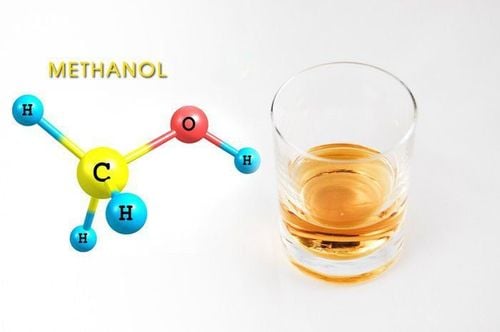
Xét nghiệm thẩm thấu niệu giúp phát hiện methanol trong cơ thể
Urinary glucose index also affects urinary osmolality when the amount of glucose in the urine is elevated. In some cases, the doctor may compare the urinary osmolality with the blood osmolality to assess the kidney's ability to regulate or look for unusual solutes in the urine (eg: hyponatremia). The ratio of urine osmolality to normal blood osmolality is 1⁄3.
4. Procedure for performing urine osmolality test
Note: It is best to take a urine specimen in the morning. The patient does not need to fast for the urine osmolality measurement. However, the doctor will ask about the history of drug use within the previous 72 hours (watch out for drugs with diuretic effect).
Step 1: The patient is instructed to take a urine sample with correct technique, put in a test tube 5-10ml of urine.
Step 2: Urine sample is transferred to conduct urine osmolality measurement. Urinary osmolality is usually measured by your doctor with an osmometer (Osmometry).

Xét nghiệm thẩm thấu niệu được thực hiện tại cơ sở y tế uy tín
5. Meaning of urine osmolality test results
Normal value A random urine specimen is usually in the range of 50-1200 mOsm/kg H2O or 50 - 1200 mmol/kg. After fasting for 12-14 hours, the urine osmolality test results are usually > 850 mOsm/kg H2O or > 850 mmol/kg.
Increased urinary osmolality The main causes of urinary osmolality are:
Addison's disease Increased blood nitrogen levels (eg: hyperuricemia syndrome, prerenal uremia). Congestive heart failure Diabetes mellitus Adrenal insufficiency Cirrhosis Liver ketoacidosis. Increased sodium load in the body, hypernatremia Having glucose in the urine Dehydration Edema High protein diet After surgery Syndrome of abnormal secretion of antidiuretic hormone ADH (SIADH)
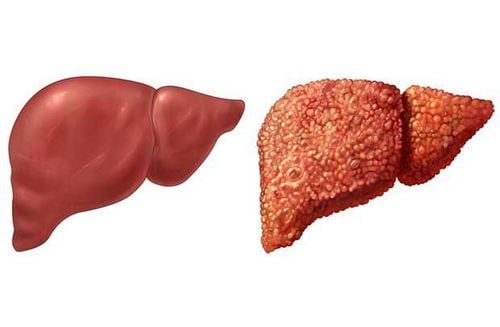
Xơ gan ảnh gây tăng áp lực thẩm thấu niệu
Decrease in urinary osmolality The main causes of urinary osmolality are commonly:
Glomerulonephritis , renal failure (acute, chronic) Hyperaldosteronism disorder Hypercalcemia Hypercalcemia Hypokalemia Hyponatremia Multiple diseases bone marrow tumor Drinking a lot of water, water intoxication, diabetes insipidus Edema, urinary tract obstruction. Sickle cell anemia. The results of urine osmolality and urine pressure can be changed if the patient is taking certain drugs such as antibiotics, antidepressants, psychiatric drugs, cancer chemotherapy drugs, drugs. Bromocriptine, Dextran, Glucose, Diuretics, Mannitol and Contrast.
Recommended video:
Periodic health check at Vinmec: Protect yourself before it's too late!
MORE:
What is an electrolyte? The meaning of electrolyte indicators Note when replacing electrolytes to treat diarrhea in children Do not arbitrarily give your child Oresol electrolyte rehydration water





